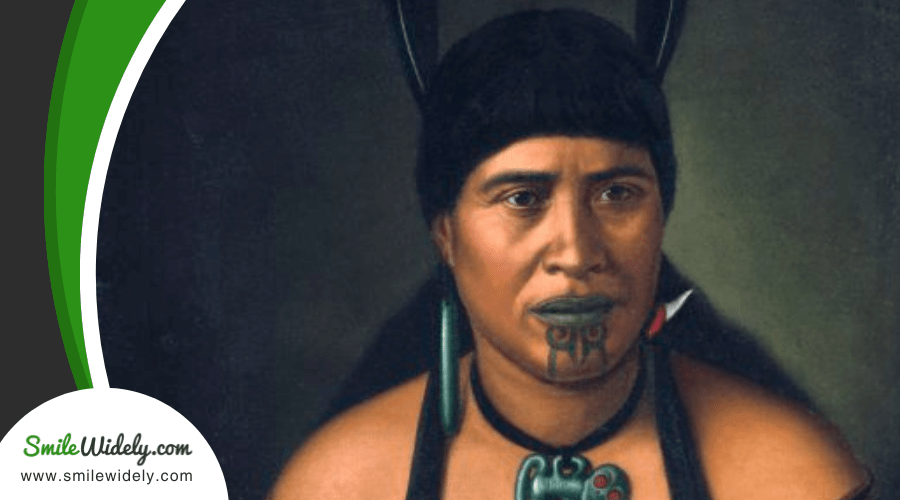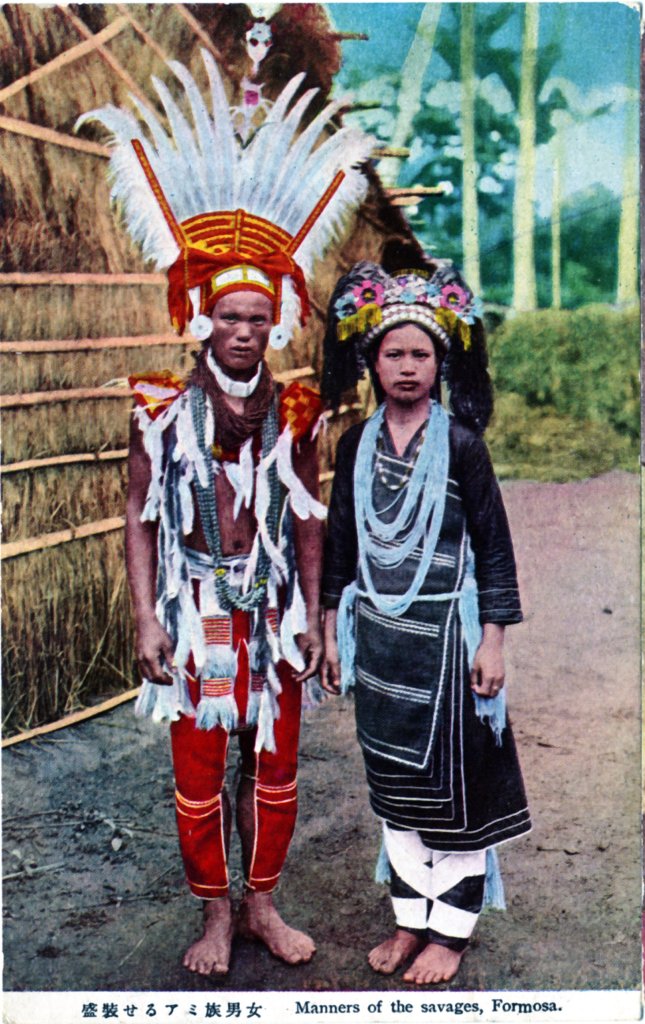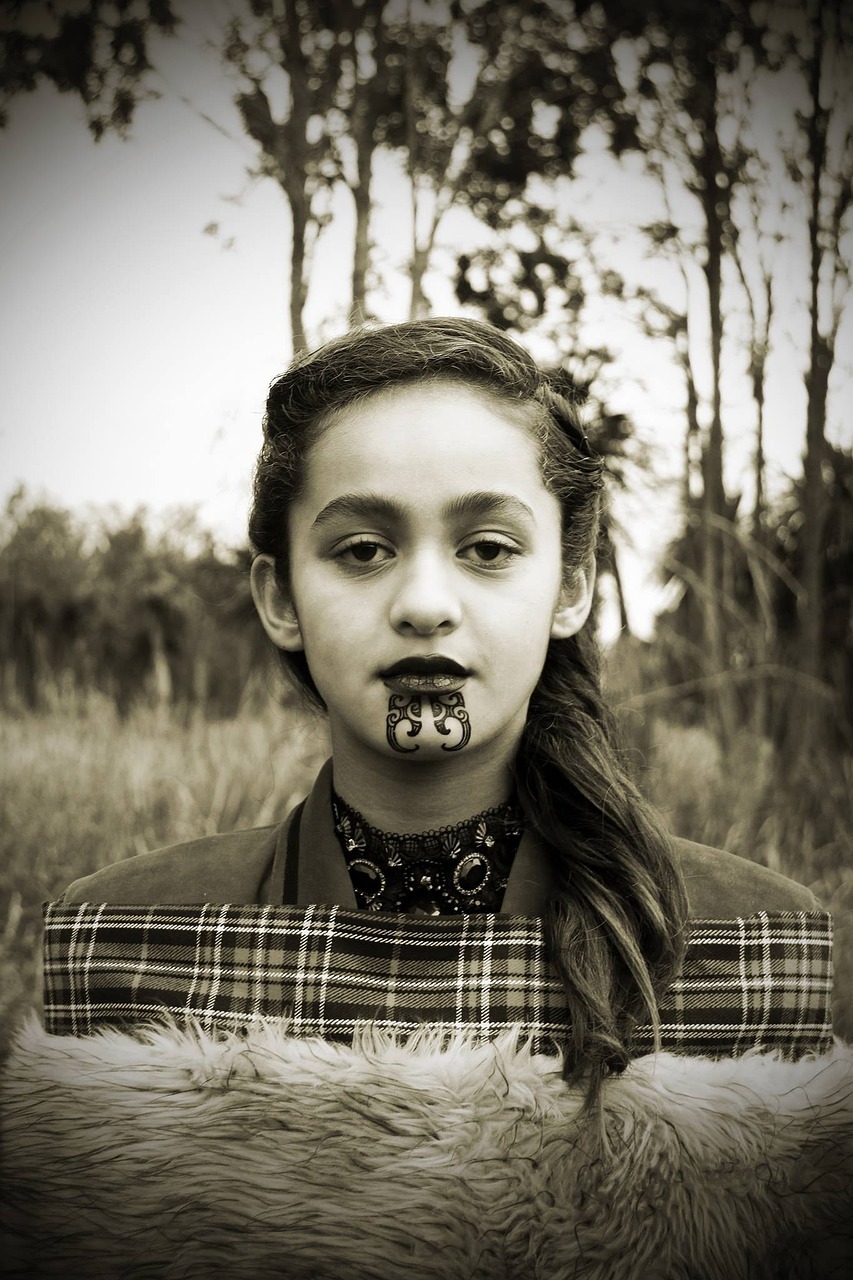In the vast tapestry of human culture, the art of lip tattooing among indigenous peoples is a thread that’s impossible to ignore. You’ve likely seen images or heard tales of these striking markings, but the depth of their significance is something that’s often just out of reach.
From the Māori women adorned with Moko Kauae to the Ainu’s profound rituals, each practice is a complex blend of identity, status, and spiritual connection. What might seem like a simple aesthetic choice is, in fact, a rich narrative waiting to be explored.
Let’s peel back the layers of this ancient tradition, uncovering the stories etched in the very skin of those who bear these marks.
Origins of Lip Tattooing
Lip tattooing has been a significant cultural practice for centuries, deeply rooted in the traditions of various indigenous communities. It’s not just a form of body modification or aesthetic enhancement; it’s a profound expression of identity and belonging. Among these communities, the practice has often been a rite of passage, marking the transition from childhood to adulthood, especially for women. The designs and methods used for lip tattooing are unique to each culture, showcasing a rich diversity in the way this art form is approached.
For the Ainu people, lip tattooing holds a special place in their cultural heritage. Ainu women, in particular, have historically received these tattoos as a symbol of maturity and social status. The lip tattoos weren’t merely decorative; they signified the woman’s readiness for marriage and her status within the community. This practice, deeply intertwined with Ainu identity, highlights the significance of lip tattooing as more than just body art—it’s a powerful emblem of cultural preservation and continuity. Through it, women carry forward the stories, traditions, and values of their ancestors, embedding the essence of their cultural heritage within their very appearance.
The Ainu of Japan
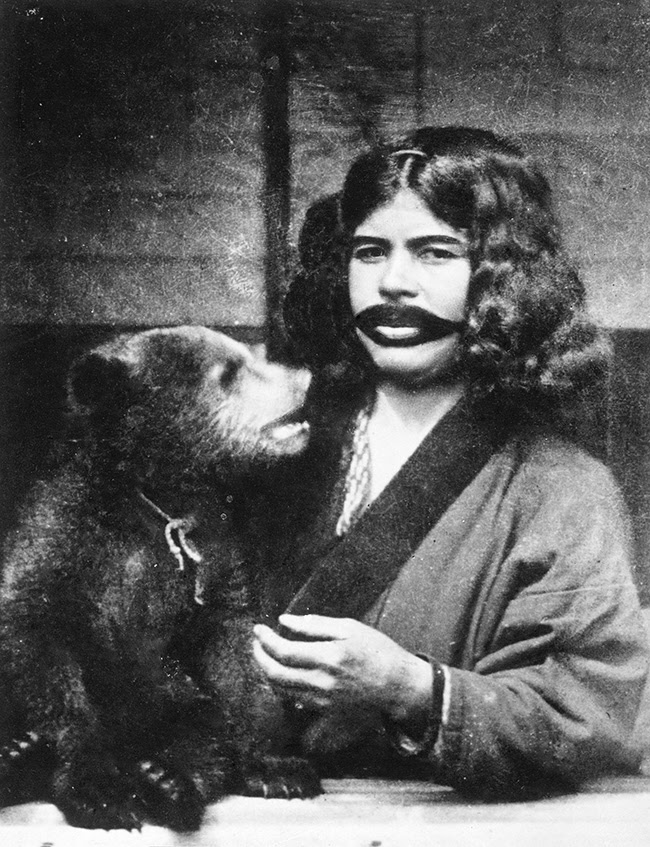
Among the Ainu of Japan, women historically embraced the practice of lip tattooing as a vital expression of their cultural identity and beauty. This ancient art, exclusive to the Ainu community, showcased a rich tapestry of cultural practices and beliefs, deeply intertwined with the notions of maturity, beauty, and protection.
| Aspect | Detail | Significance |
|---|---|---|
| Practitioners | Exclusively female tattooists | Emphasized women’s role in cultural preservation |
| Application | Gradual, over years | Symbolized a rite of passage into womanhood |
| Purpose | Essential for marriage, believed to offer protection | Reflected deep cultural and spiritual beliefs |
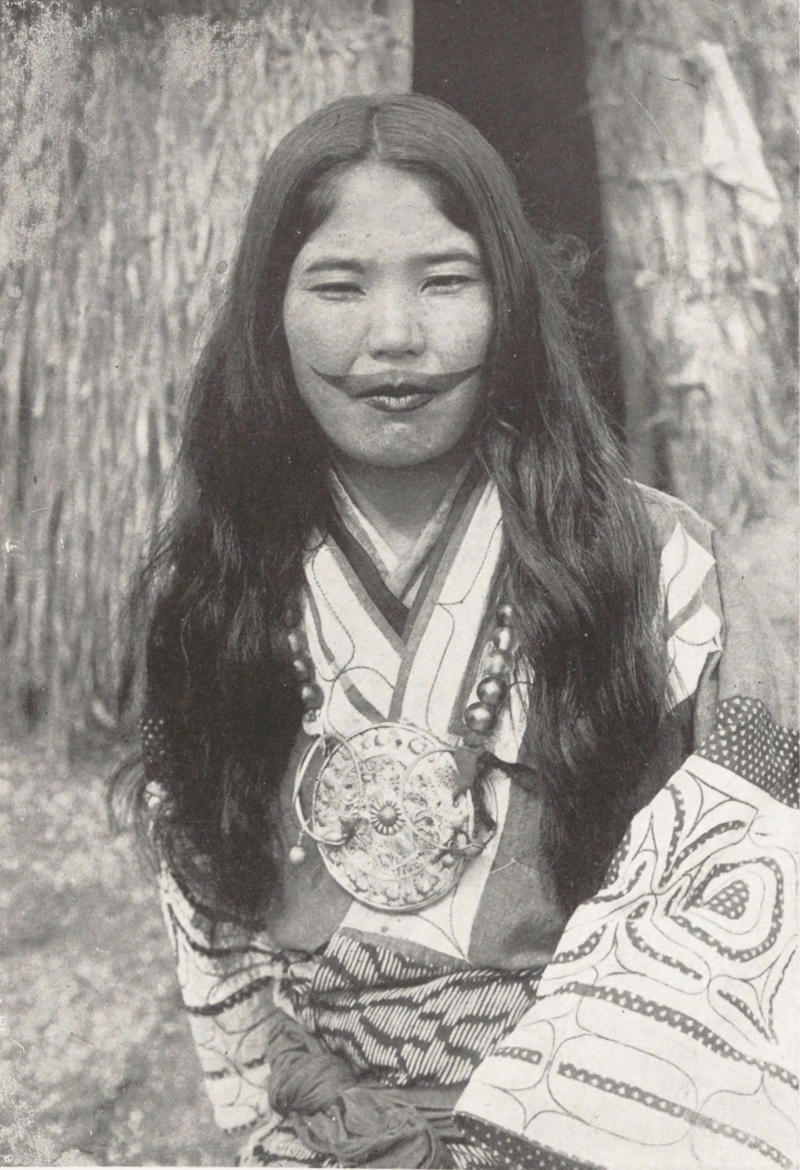
Ainu tattoo designs weren’t mere adornments; they were imbued with significant cultural meanings, each design a symbol of the wearer’s identity and social status. The intricate patterns etched onto the lips of Ainu women were more than just aesthetic enhancements; they were a declaration of strength, a protective charm, and a prerequisite for marriage, showcasing the multifaceted role of tattooing in Ainu society. This practice, rooted in the heart of Ainu cultural traditions, offers a fascinating glimpse into the rich tapestry of indigenous art forms and their enduring legacy.
Amazonian Tribes’ Techniques
Just as the Ainu of Japan have their unique practices, Amazonian tribes also hold deep traditions in lip tattooing, employing natural pigments and tools like thorns or bamboo sticks. For Indigenous people in the Amazon, the art of lip tattooing isn’t merely aesthetic; it’s a profound expression of identity and belonging. You’ll find that for them, the tattoo artist plays a crucial role in society, often doubling as a spiritual guide or healer.
When you look at the parts of the body adorned by these tribes, the lips stand out for their significance. Lip tattoos signify social status, cultural identity, and the passage into adulthood. The designs, often geometric patterns or symbolic representations of nature, are more than just art; they’re a language of the soul, telling stories of ancestry and the natural world.
In these communities, traditional lip tattooing is a sacred art form, steeped in spiritual ceremonies and community participation. It’s a collective experience, where the wisdom and techniques are cherished and passed down through generations. This practice isn’t just about preserving a cultural heritage; it’s about maintaining a living identity, connecting the past with the present and future.
Tā Moko in Māori Culture
In Māori culture, Tā Moko represents a deeply revered form of traditional tattooing, passed down through generations and embodying one’s social status, lineage, and spiritual connections. This tattooing practice isn’t just about aesthetics; it’s a profound expression of identity and history, where every mark on the body narrates a unique story.
| Aspect | Significance |
|---|---|
| Designs | Reflect social status, lineage, and spiritual connections |
| Techniques | Use of chisels, combs, and natural ink showcases traditional craftsmanship |
| Evolution | From cultural practice to symbol of artistic expression and cultural resilience |
Tā Moko varies between men and women, with different designs symbolizing distinct aspects of one’s identity. It’s fascinating how these tattoos serve as a living canvas, portraying an individual’s journey, achievements, and connection to their ancestors. The application process itself, involving chisels and natural ink, highlights the incredible skill and precision of Māori artisans. Over time, Tā Moko has evolved, becoming not only a testament to cultural heritage but also a powerful statement of artistic expression and resilience within the Māori community. This transformation underscores the dynamic nature of cultural practices and their ability to adapt while retaining deep-rooted significance.
Symbolism in Lip Tattoos
Lip tattoos hold profound symbolic meanings within indigenous cultures, marking significant rites of passage such as the transition to adulthood and readiness for marriage. These tattoos aren’t just about beauty; they’re deeply entwined with cultural identity, maturity, and personal stories.
Let’s delve into some key points about their symbolism:
- Cultural Identity: Lip tattoos are a badge of honor, signifying one’s belonging to a specific indigenous community and preserving ancestral traditions.
- Maturity and Marriage: They often indicate that an individual is ready for adult responsibilities and marriage, marking a crucial life transition.
- Spiritual Beliefs and Family Lineage: The intricate designs can narrate personal stories, spiritual beliefs, or trace one’s family roots, acting as a living testament to one’s heritage.
- Rituals and Ceremonies: The act of tattooing is enveloped in rituals, making the process and the tattoo itself sacred.
- Repelling Evil: For Ainu women, the practice of tattooing around the lips was believed to repel evil spirits, ensuring protection and spiritual purity.
Through these tattoos, individuals carry their culture, beliefs, and stories on their faces, showcasing a living mosaic of their heritage and identity.
Methods Across Cultures
Exploring the methods of lip tattooing reveals a tapestry of techniques woven through various indigenous cultures, each unique yet bound by shared significance. For instance, Ainu men and women, as well as Māori communities, adorn their lips and areas around the mouth with intricate designs, signifying a profound connection to their heritage. The process isn’t merely cosmetic; it’s a rite of passage, a marker of identity, and a protective emblem all rolled into one.
In these traditions, entering the body with natural pigments, the artists employ hand-tapping methods, a painstaking yet deeply respectful approach to tattooing. This technique ensures that each dot and line around the mouth isn’t just seen but felt, embedding cultural stories and personal achievements directly into the skin. The pigments, derived from the earth, link the person not only to their culture but also to the land itself.
This art form, passed down through generations, highlights the deep reverence indigenous communities have for their ancestral roots. Lip tattooing isn’t just about adorning the body; it’s a living, breathing testament to the enduring strength and beauty of indigenous cultures, encapsulating their rich history and vibrant traditions in the designs that dance around the mouth.
Modern Revival and Challenges
The modern resurgence of lip tattooing among indigenous cultures marks a powerful reclaiming of traditional identities and practices. As you delve into this revival, you’ll notice it’s not without its challenges. Indigenous communities are actively working to overcome these hurdles to preserve, promote, and celebrate their unique cultural heritage through the art of lip tattooing. This practice goes beyond mere aesthetics, embodying deep spiritual beliefs, ancestral connections, and the bonds within communities.
Here are some key points to understand about the modern revival and its challenges:
- Cultural Appropriation: The misappropriation of lip tattooing by outsiders poses a significant challenge, diluting its cultural significance.
- Loss of Traditional Knowledge: As elders pass away, there’s a risk of losing the ancient techniques and meanings behind lip tattooing.
- Adapting to Contemporary Standards: Balancing traditional methods with modern health and safety standards in tattooing is a delicate act.
- Reclaiming Indigenous Identity: The revival serves as a powerful means for indigenous people to reclaim and celebrate their identity.
- Promotion of Cultural Heritage: Efforts are underway to educate both indigenous and non-indigenous communities about the significance of lip tattooing, ensuring its preservation as a living art form.
Cultural Significance Today
In today’s world, indigenous communities continue to cherish and practice lip tattooing, underscoring its deep cultural and spiritual importance. This art form isn’t just about aesthetics; it’s a profound expression of connection to ancestors and a manifestation of spiritual beliefs. Lip tattooing in indigenous cultures often features intricate designs, each telling a unique story of traditions, personal histories, and the collective memory of a people.
These tattoos go beyond mere decoration. They’re a powerful form of identification, reflecting an individual’s social status, lineage, and the ties that bind them to their community. It’s a practice steeped in history, passed down through generations, and it plays a crucial role in preserving the cultural heritage and identity of indigenous peoples.
Even in the face of modernization, indigenous lip tattooing remains a valued tradition. Its beauty and symbolism continue to be celebrated, serving as a living testament to the resilience of cultural traditions. For many, it’s a sacred link to the past and a proud declaration of identity in the present, highlighting the enduring significance of lip tattooing in maintaining the rich tapestry of indigenous cultures.
Conclusion
You’ve journeyed through the rich tapestry of lip tattooing across cultures, from the Ainu’s spiritual expressions to the Māori’s intricate Tā Moko. These tattoos symbolize more than beauty; they’re a testament to identity, heritage, and spiritual beliefs.
While methods vary, the essence of storytelling and connection remains constant. Today’s revival faces challenges but underscores a deep-seated respect for tradition. It’s clear, the art of lip tattooing continues to be a powerful link to the past, shaping identities and uniting communities.

